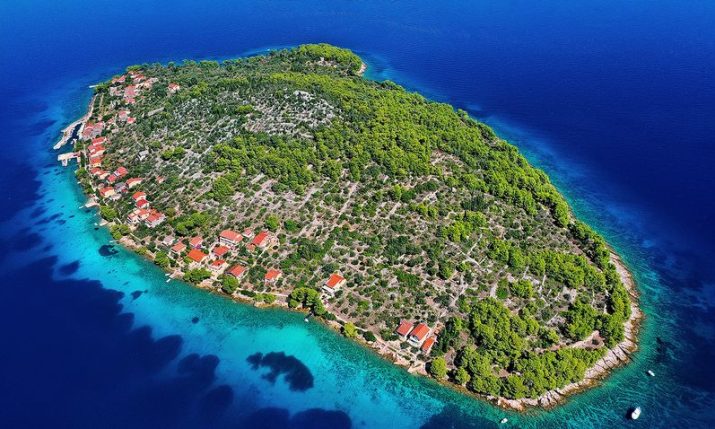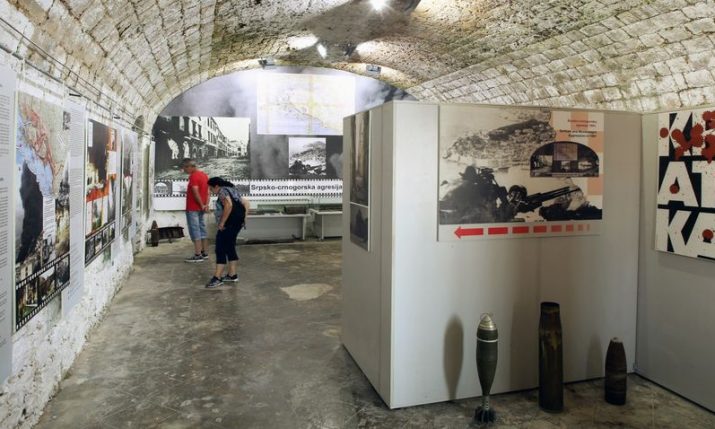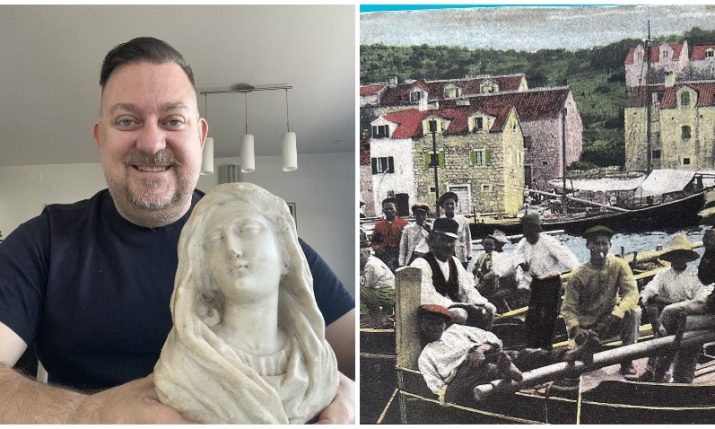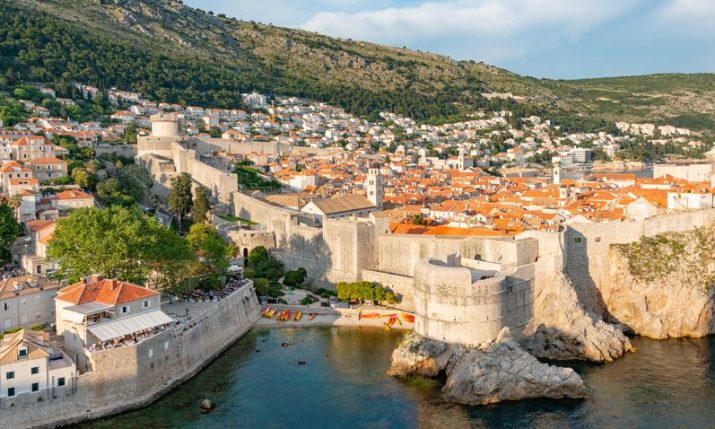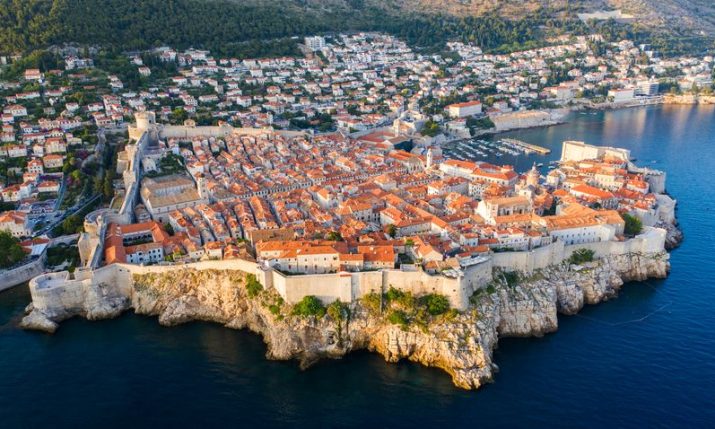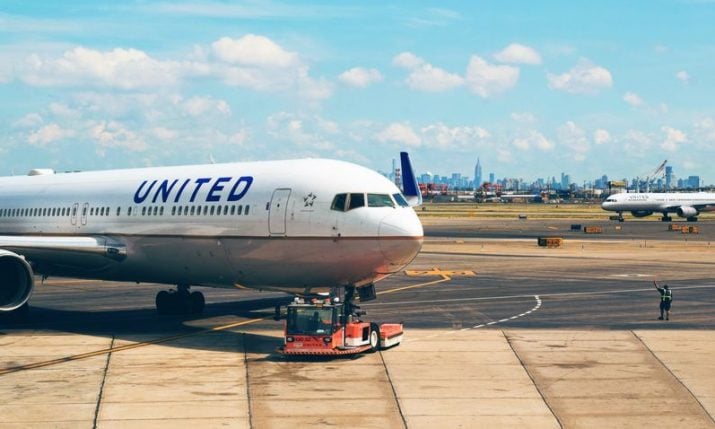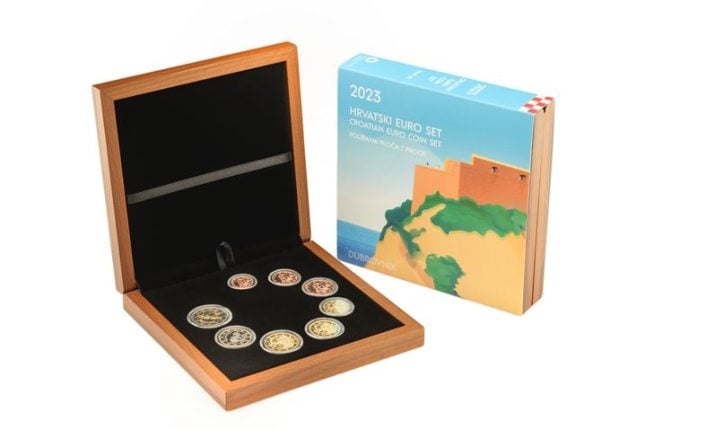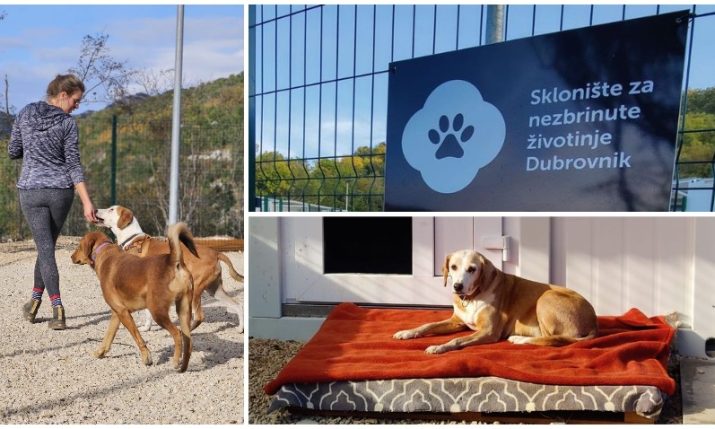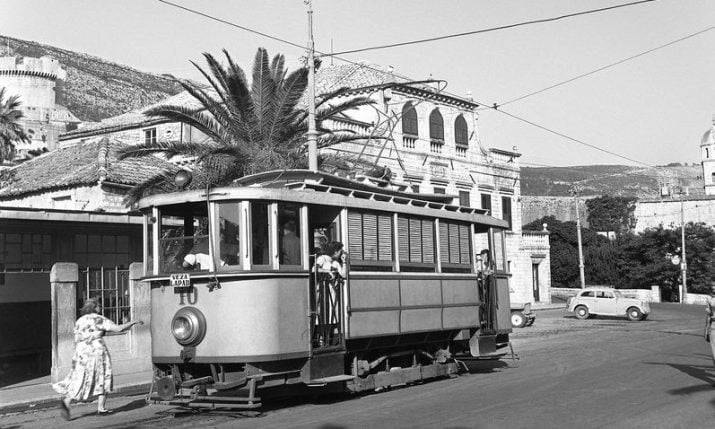Secrets of Šipan: Stories of amazing old villas and forgotten heritage
- by croatiaweek
- in Travel
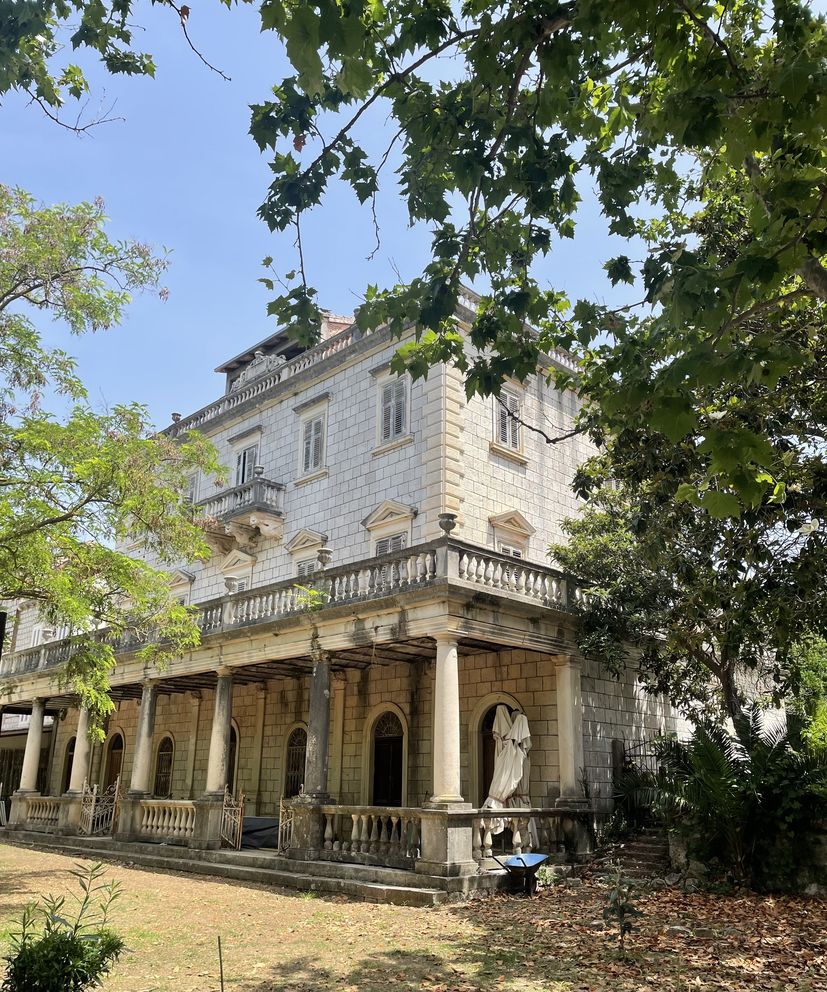
Villa Stjepović (Photo: Forgotten Dalmatia)
By Igor Goleš
Šipan – the most beautiful of all the Elaphiti islands has been on my wish list for a long time, as one of the few places I have not visited in Dalmatia, but also for the purpose of exploring my Forgotten Dalmatia.
Šipan prospered during the Republic of Dubrovnik, when the main and strongest activities were shipbuilding, sailing, olive growing, fishing and viticulture.
My arrival on Šipan was accelerated by the invitation of my dear friend Nikša Dobud, who is a native of Šipan and who expressed his personal desire to take me to the most beautiful parts of the island.
That’s how it was, we rode his motorcycle for three days and went through all the corners of this beautiful island.
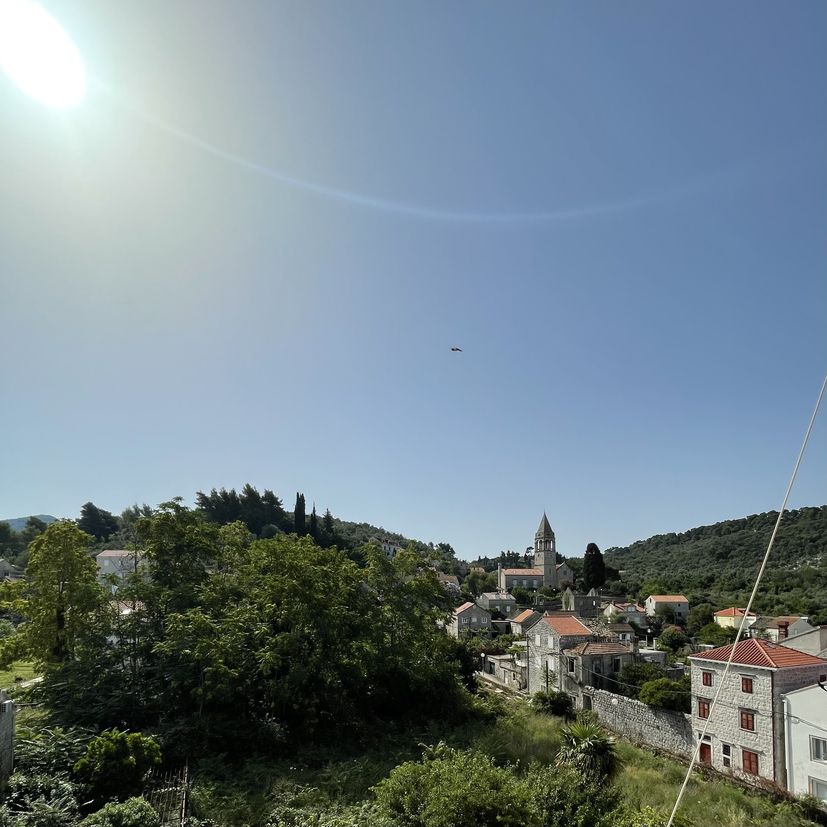
(Photo: Forgotten Dalmatia)
Nikša, a well-known Croatian water polo national team member, is a welcome guest everywhere due to his positive spirit, which really helped me get access to some objects that I wanted to shoot with the help of his friends.
However, perhaps the most favourite moment of this time together was already on the first day when we came to the crowded Tauris restaurant in the port of Šipan.
Even though this fish temple was invaded by guests during the dinner and only decorative elements remained in the desolate display case with fish, but when Nikša appeared the owner of the restaurant Miro, like David Copperfield, took out a huge grouper, the queen of the deep sea, from under his magic hat. I thought, if the first day started this well, what awaits me in the next ones.
Nikša brings luck, maybe the almighty Nikša will take out a collection of old postcards from one of his hats or some other antiquities trapped in old Šipan houses. Unfortunately, that didn’t happen, but this trip was one of the best I’ve had recently because time simply stopped at Šipan.
The silence and peace that I experienced in the middle of summer in the port of Šipan can be compared to that of Lastovo, which is a more remote offshore island, and in the three days of my stay there I rested as if I had been somewhere else for a month.
As the most remote inhabited island of the Elaphiti Archipelago, this island is avoided by tourist boats and day trippers, and the absence of mass tourism certainly helped to preserve its authentic contours. This can even be seen in the example of the island’s only hotel, which unfortunately has been empty and closed for several years, despite its outstanding position.
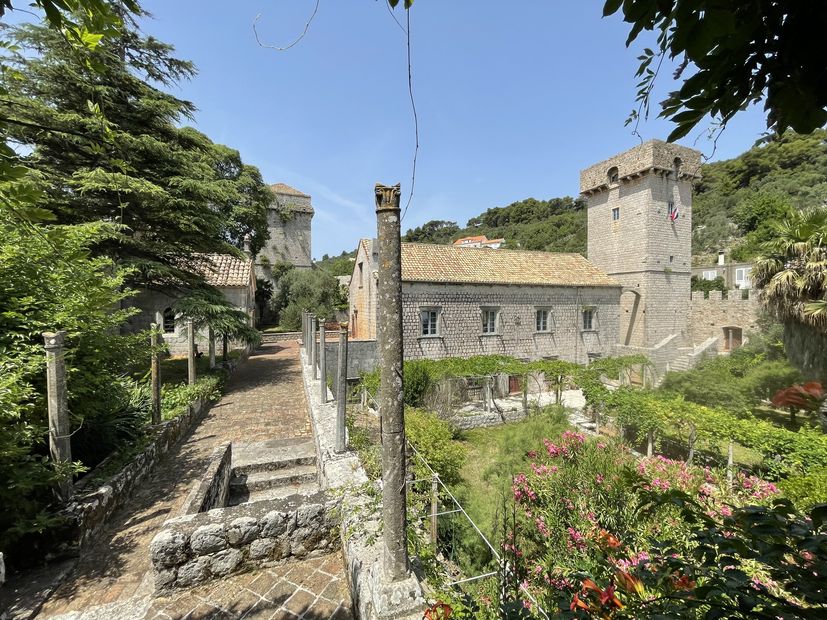
(Photo: Forgotten Dalmatia)
This scenario is perfect for those of us who escape from the city and are looking for untouched oases of peace in which to rest, however, for the island population, the quality of life is getting weaker and weaker, and young people, like on other smaller islands, are moving to cities.
Only in the summer does the island come alive for those few months. I hope that in the decades to come he will also experience his rebirth; with his beauty and charisma he certainly deserves it.
And while others dream of the sea and swimming, my goal of coming to Šipan was the old houses and the stories they hide, their destinies and the destinies of their masters – my Forgotten Dalmatia.
Already on the very first morning, I set out to explore the first target – Villa Stjepović, the most colossal house in Šipanska Luka.
Its builder, Ivo Stjepović, returned to his port of Šipanska at the end of the 19th century from South America, where he got rich trading saltpetre… He was impressed by the architecture there, so he built this residence in Šipanska in 1908 in the colonial American style, atypical for Dalmatian landscapes.

Villa Stjepović – front (Photo: Forgotten Dalmatia)
Today’s neglected gardens overgrown with weeds and vegetation, dilapidated doors, and empty walls without the laughter of the tenants have made this building anxious and depressing.
It was sad to enter the house and experience it in its saddest form ever, and how bad it is, is best told by the fact that I didn’t have anything to record… The house is empty and is being sold, and the bare walls are impatiently waiting for new faces to give it a new soul.
The last tenant of the house was the granddaughter of the builder, Lela Stjepović, and since her death, the corridors of the house have been filled with silence.
The most beautiful moment of staying in the house was coming to the balcony located in its attic. There, as a memorial to the wealth and power of the first owner, two dragons sleep with a view of Šipanska port. I hope they wake up soon because it would mean that they would no longer be the only inhabitants of this monumental building.
As disappointed as I was with the state of Villa Stjepović, arriving in the middle of the island to the neglected estates of Dubrovnik Archbishop Becadelli and Federic Glavić ignited emotions. Both summer houses were built in Šipan field, a particularly tragic story is hidden behind that of Federik Glavić. Federiko Glavić (1847-1941) was a great and respected citizen of Dubrovnik, and he was born into a poor and large family in Šipan.
Not wanting to work as a farmer on his native island, he traveled to Chile. He settled in the city of Iquique in the north of the country, where he initially worked as a sales assistant and then as a skilled merchant. After some time, he invested capital in saltpeter mines, and from 1886 he was a co-owner of the Officina Salitrera Union factory.
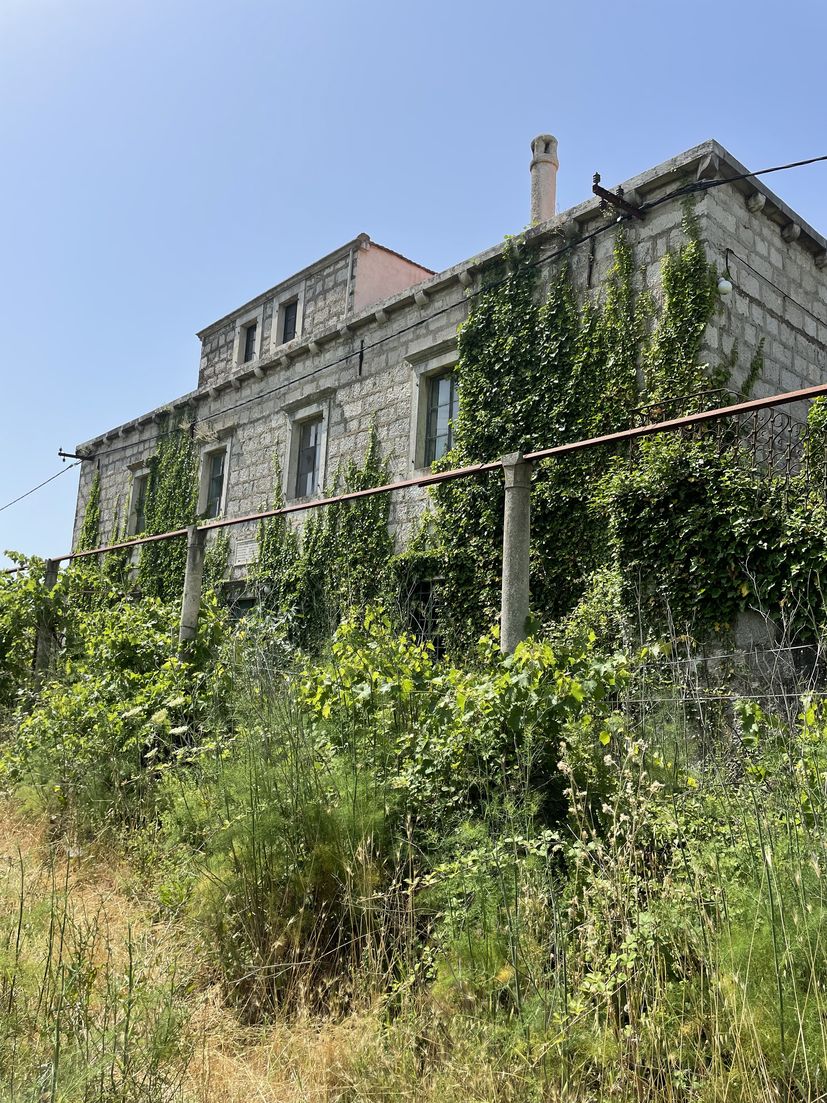
Vila Glavic (Photo: Forgotten Dalmatia)
After the years spent in Chile, at the end of 1896. he returned to Dubrovnik as a rich man. With the earned capital, he first started his social affirmation. He bought and upgraded a house in the center of Šipanska Luka, and bought and renovated an old summer house in the Šipan field.
At the same time, Federiko also started the construction of a luxurious family villa in the very heart of Dubrovnik, on Piles (Villa Dubravka). From 1909, he was the largest shareholder, and after 1918, president of the Dubrovnik Shipping Company, whose fleet he renewed by acquiring new cargo and passenger ships. In 1939, the fleet had 25 vessels, two of which were cargo steamers named “Federiko Glavić”. In 1902, Glavić advocated for the arrival of the railway and was the initiator and main shareholder of the Dubrovnik tram in 1907-09.
Federico spent a lot of time in his Šipan summer house. Today, unfortunately, the only evidence of the former owner is the carved inscription above the entrance door. Everything is neglected, the house is almost invisible from the nearby road. It’s a sad fate for this beautiful estate… if it were to rise from its own grave the owner would surely feel bad when he would see these scenes…
There is an interesting anecdote about young Federik, who left Šipan as a young man, swearing that one day he would return to the island rich. Namely, as a young man in Šipanska Luka, he fell in love with the daughter of an Austrian officer who did not want her to have anything to do with anyone from a poor family.
Disappointed, Federico left the island and returned to it 30 years later with his wife and daughter, as a multimillionaire of that era. The anger in him against his not meant to be “father in law” did not die down, so he bought the first house in front of his, built it higher than his and expanded it to block his view of the sea.
So he had to look at the gardens of Federico’s house and his servants. Unfortunately, Federico did not learn anything from the trauma of his own youth because he forbade his own daughter Marija to see the young man she liked. She eventually killed herself, leaving Federik without descendants, and the family tried to portray her death as an accident. Marija, the favorite in Dubrovnik, was sent off in a magnificent funeral, and this unfortunate event pushed the sad and depressed Federik to start doing humanitarian work.
Thus, in his will, he left particularly large sums of money to cultural, educational, and humanitarian institutions.
Only a few hundred meters from Federik’s house is the summer residence of Lodovic Beccadelli, Archbishop of Dubrovnik, historian and poet (1501-1572). He designed a country house in Šipan where he brought his scholar friends during the summer. He commissioned the painter and priest Pellegrino Brocardo to decorate the walls of the summer house. Construction of the summer house began in February, and was completed in December 1563. The complex, which was completely completed at the end of the 16th century, included a family house, two three-story towers (to defend against pirates), a garden with a rectangular promenade, a small church, lodges, a mill, cisterns in the house and in the tower, storage rooms, a pavilion on the terrace, bridge and fortified entrance.
It is known that the archbishop wrote to his friend, the great Italian and world artist of that era, Michelangelo, that he must come visit him on Šipan to see that beautiful island. It’s a shame that it never came true because who knows, maybe today instead of a 5-meter marble David, we would be looking at some Điva from Šipan, a sculptural masterpiece dedicated to one Dalmatian, directed by one of the greatest creators of all time.
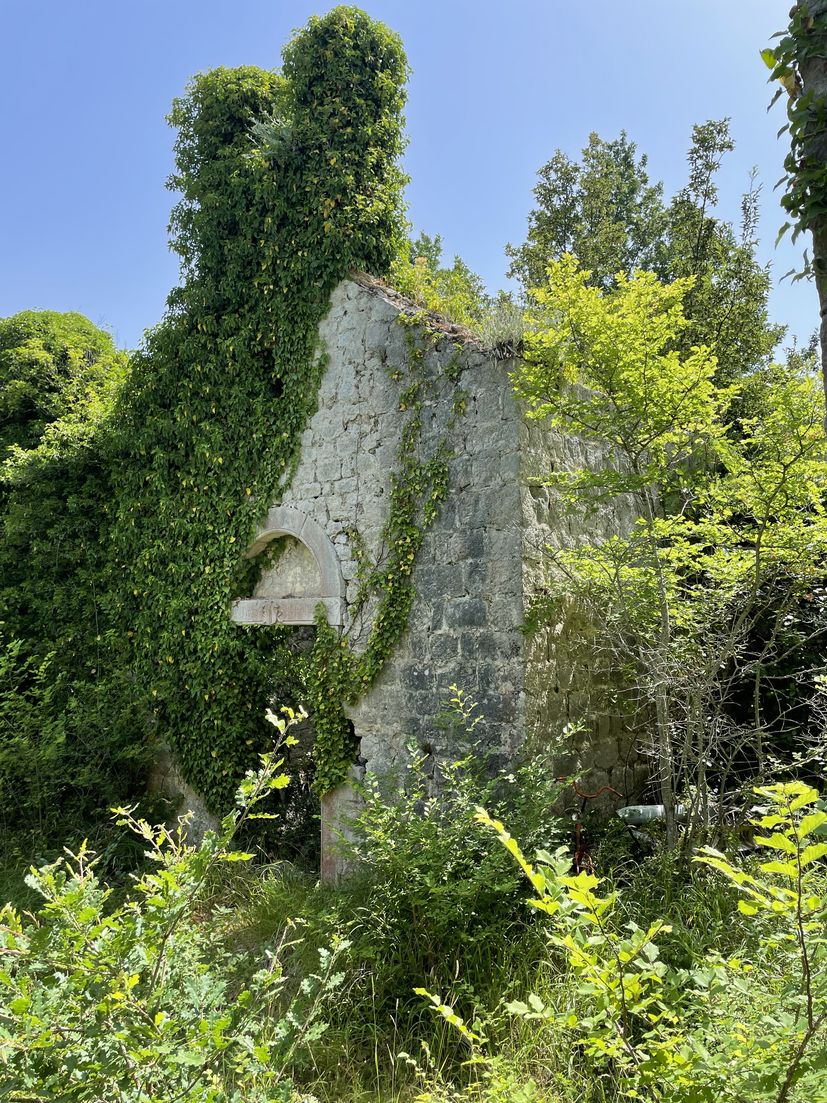
Chapel from Becadelli complex (Photo: Forgotten Dalmatia)
Fascinated by this story, I couldn’t wait to get to Beccadelli’s estate, not knowing at all what to expect there, because even on the Internet there are very few photos of this building today. And what greeted us was very sad, the wide-open door inviting us to enter. Unfortunately, the property is completely devastated, the walls are cracked in some places, and you can’t feel safe walking around the property at all.
Only traces of hay can be seen inside the building, as a reminder that cattle lived there in the past decades, and the chapel of St. Thomas was also devastated. If I didn’t know the history of this property, I would never have guessed who its original owners were, with their dilapidation they fit in with thousands of other houses throughout Dalmatia. The ruins are all the same, both noble and poor. Still only ruins….
The fates of such houses and properties are sad and only remind us of how vulnerable and small we humans are in this universe. Many people spend their entire lives insatiably creating, often renouncing their own pleasures, while forgetting the beauty of living…only to have everything go to waste after just a few generations.
Somewhere it happens that families die out or go bankrupt, some are nationalised, somewhere the last inheritors live on the other side of the world, and the houses die by themselves. Without tenants and human murmuring, they lose their meaning. The ones I visited in Šipan tell exactly such stories…
A shining example of my trip to Šipan were the 2 summer houses of Stjepović-Skočibuh built next to each other in the middle of the 16th century in Suđurac. These buildings are among the most impressive on the entire Adriatic.
The construction was started by Tomo Skočibuha, a shipbuilder and merchant who ended his career as one of the richest entrepreneurs of the Republic of Dubrovnik in the 16th century. Tomo dies in 1539, and his property is inherited by his son Vice, who completes the construction of the complex, building his summer house right next to his father’s.
These buildings are dominated by watchtowers and towers for protection against pirates, who so often raided this area during the 16th century.In 1585 Vice recorded that the value of his property for that time was an incredible 77,284 ducats. It is interesting to note that Vice had as many as 10 children, and since the children had no male descendants, the family name died in the 17th century, and all the property was transferred to other families. An amazing family that deserves a thorough analysis and some separate blog….
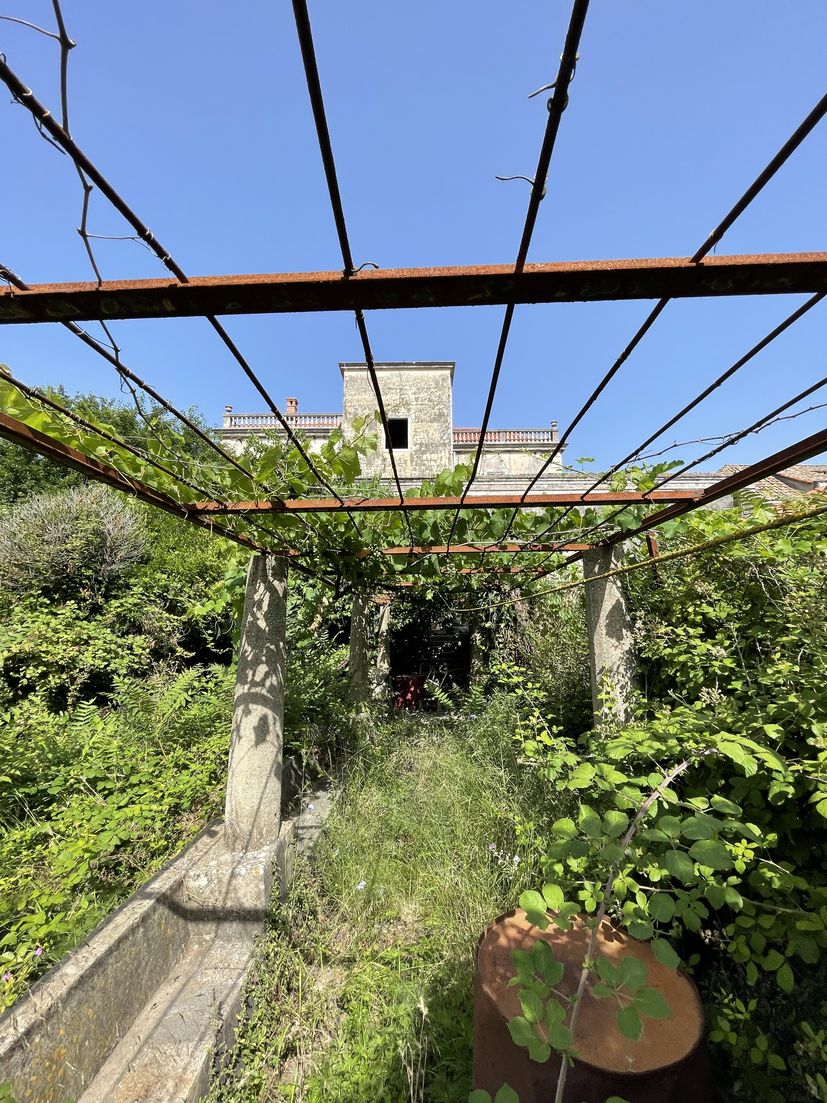
Vila Stjepovic gardens (Photo: Forgotten Dalmatia)
Thanks to Nikša and Ratko, I was able to enter one of the summer houses and film its gardens, but due to the absence of the current owners, it was not possible to enter to see the interior of the building itself. It is difficult to convey in a letter how impressive the building is and I am already planning my next visit to Šipan when I will try to photograph the property in detail and also write a separate story about this fascinating family.
I consider the trip to Šipan one of the most inspiring since I wandered through Dalmatia in search of Forgotten Dalmatia. The spirit of the island won me over and teleported me into the past, motivating me for new research. It is also an incredible virgin beauty, preserved views of Dalmatia in the most beautiful colours.
The stories you could see on Forgotten Dalmatia’s instagram also delighted you, and the greatest joy for me were your messages about how I motivated you to visit this island. I, too, am particularly looking forward to our next meeting and I thank to all people from Šipan tha I met there for their hospitality, especially the host Nikša, who loves his hometown so passionately. See you next time!

